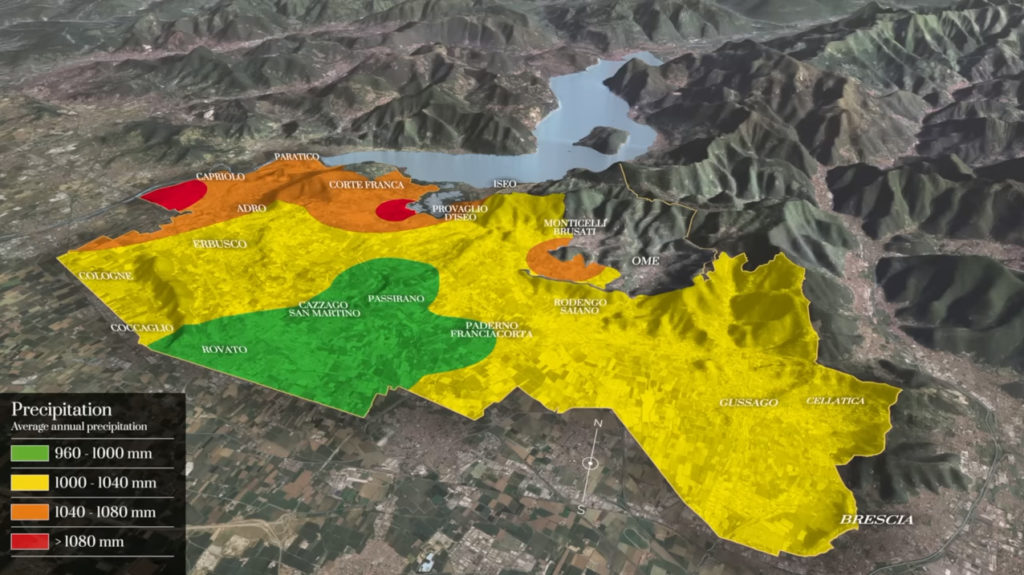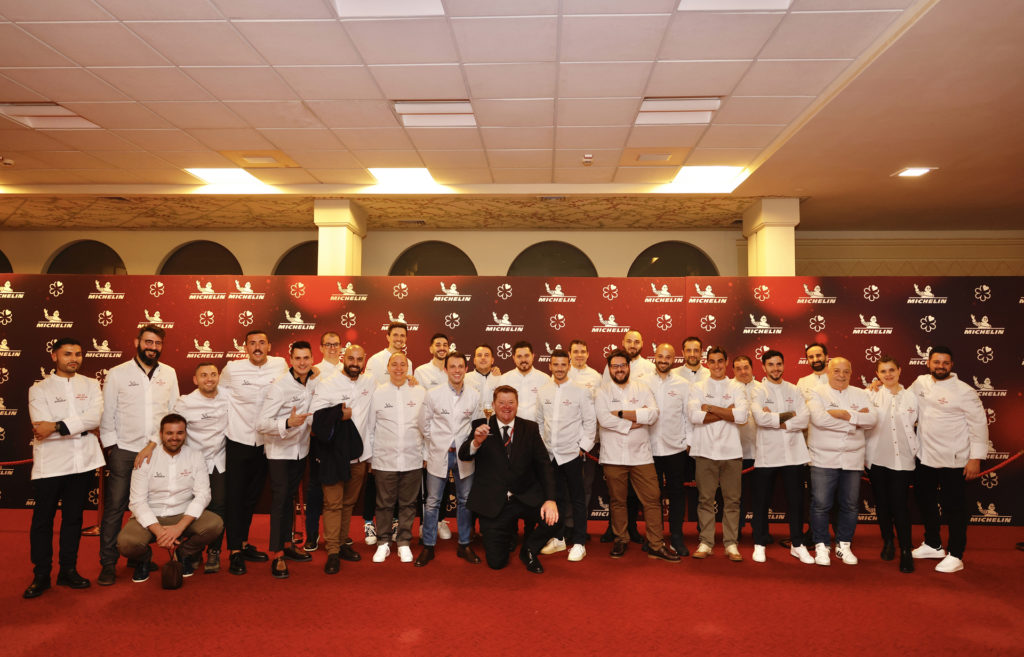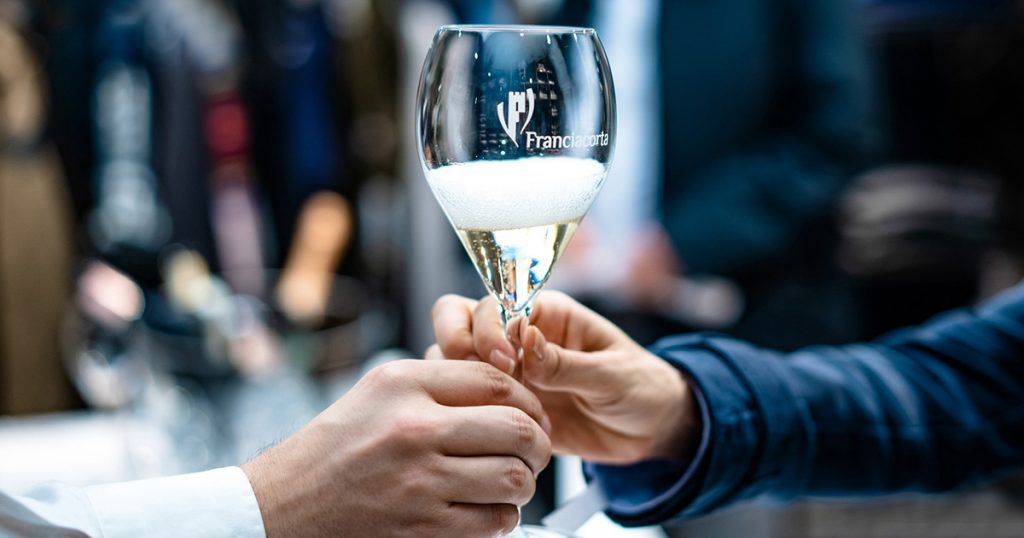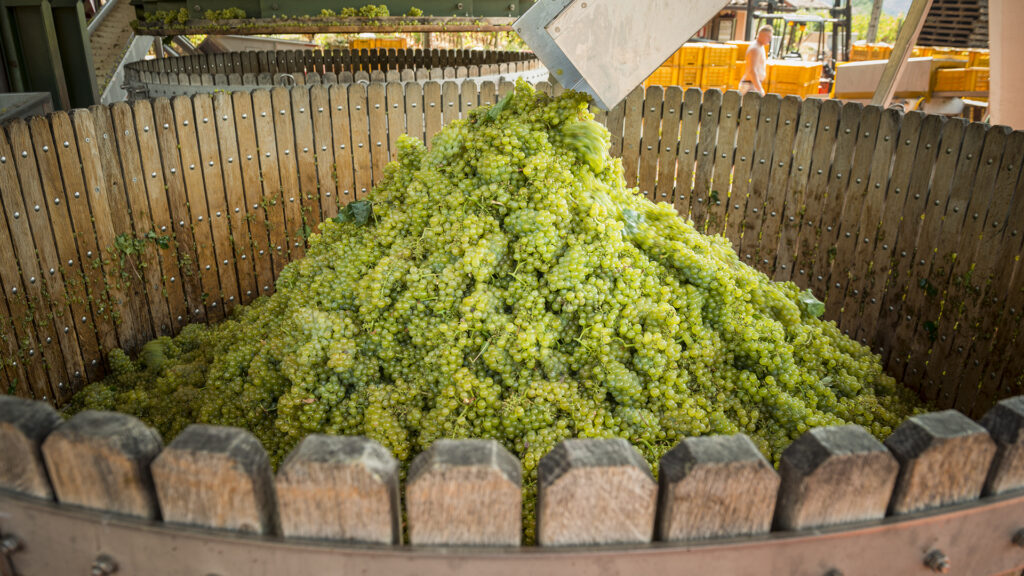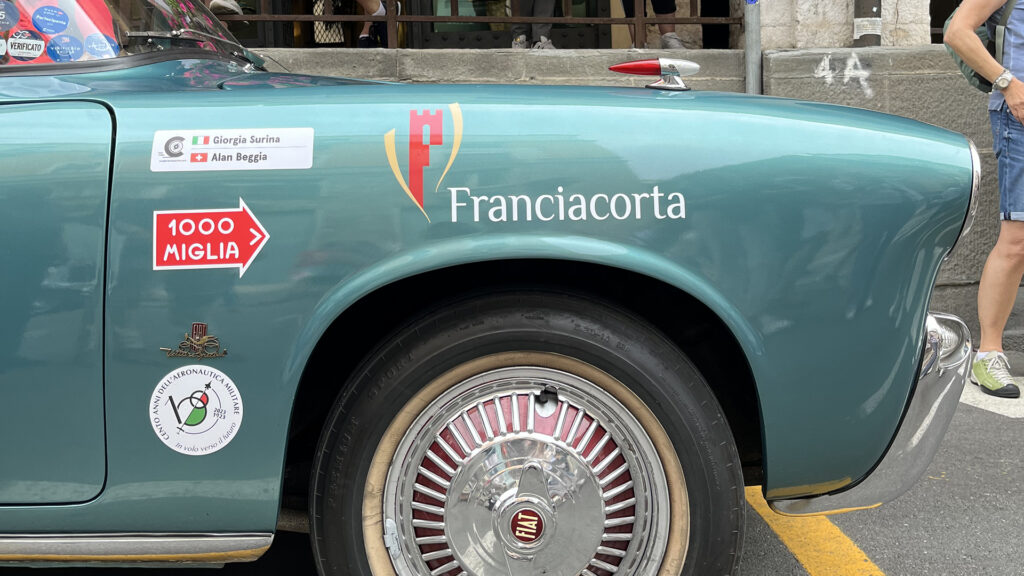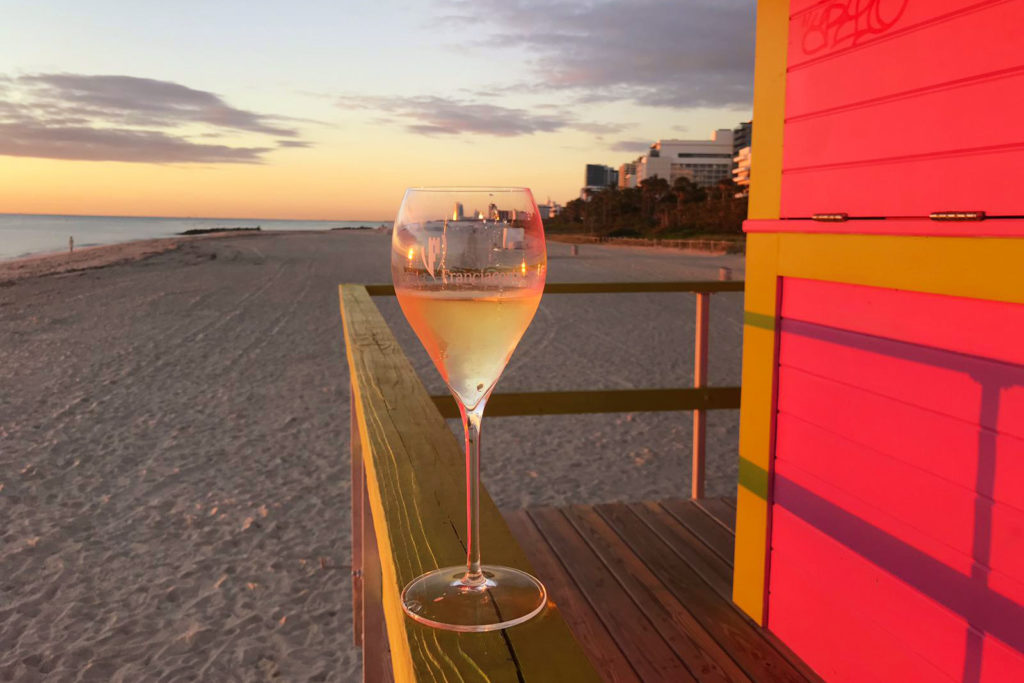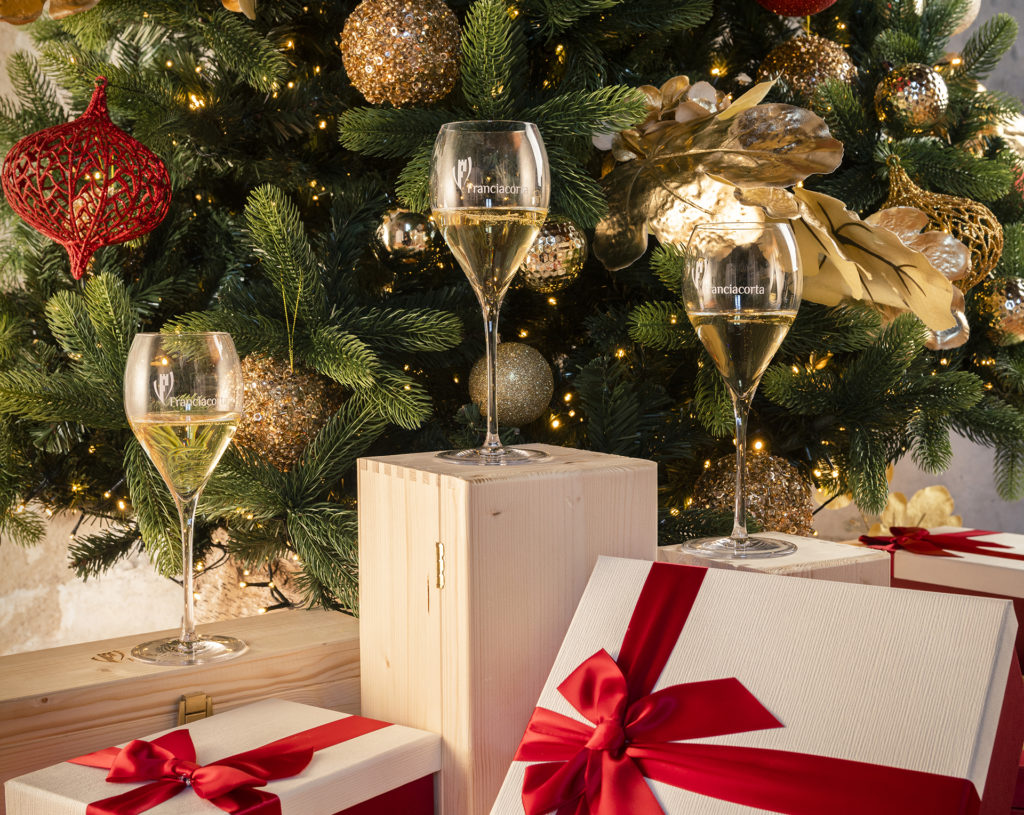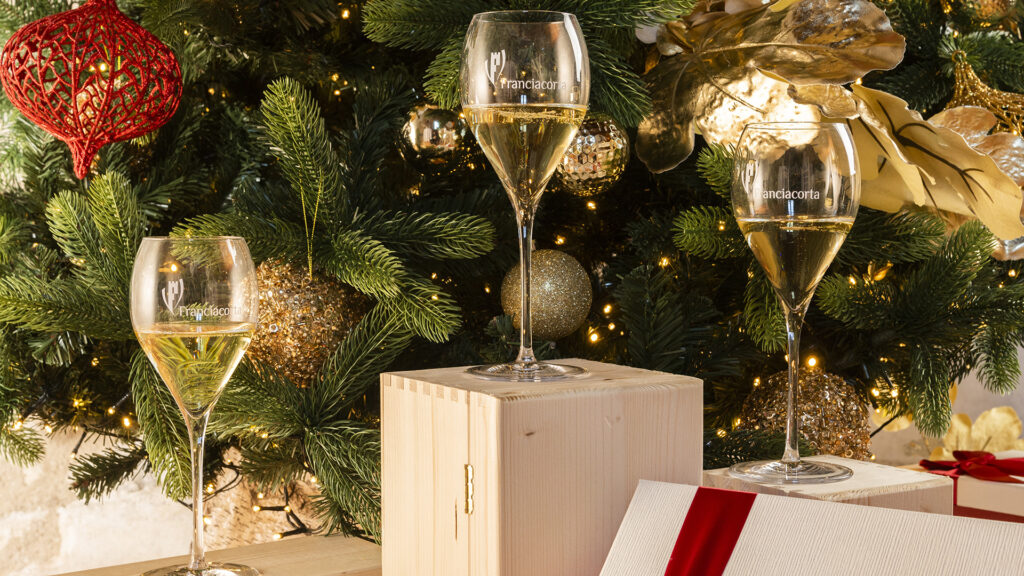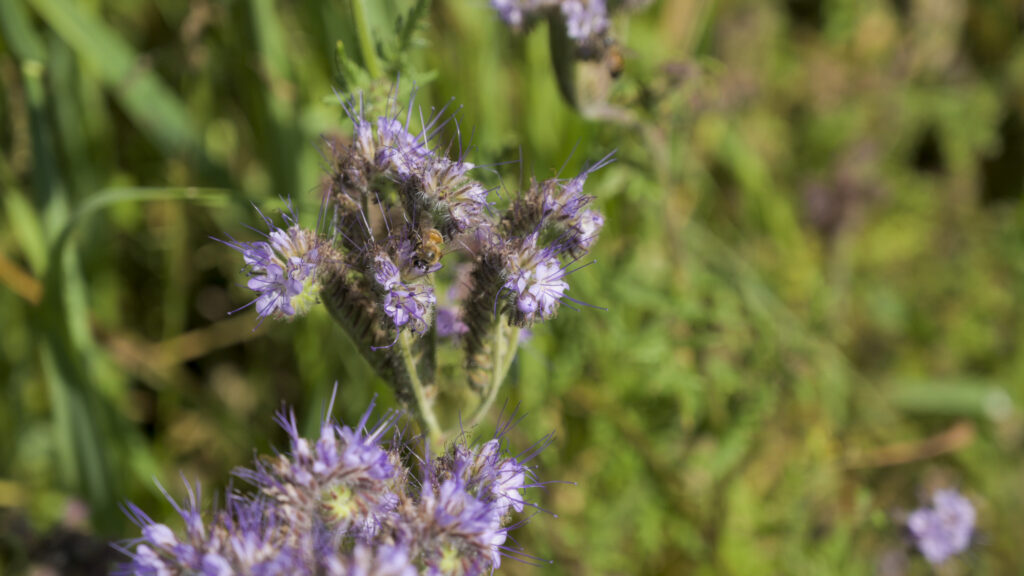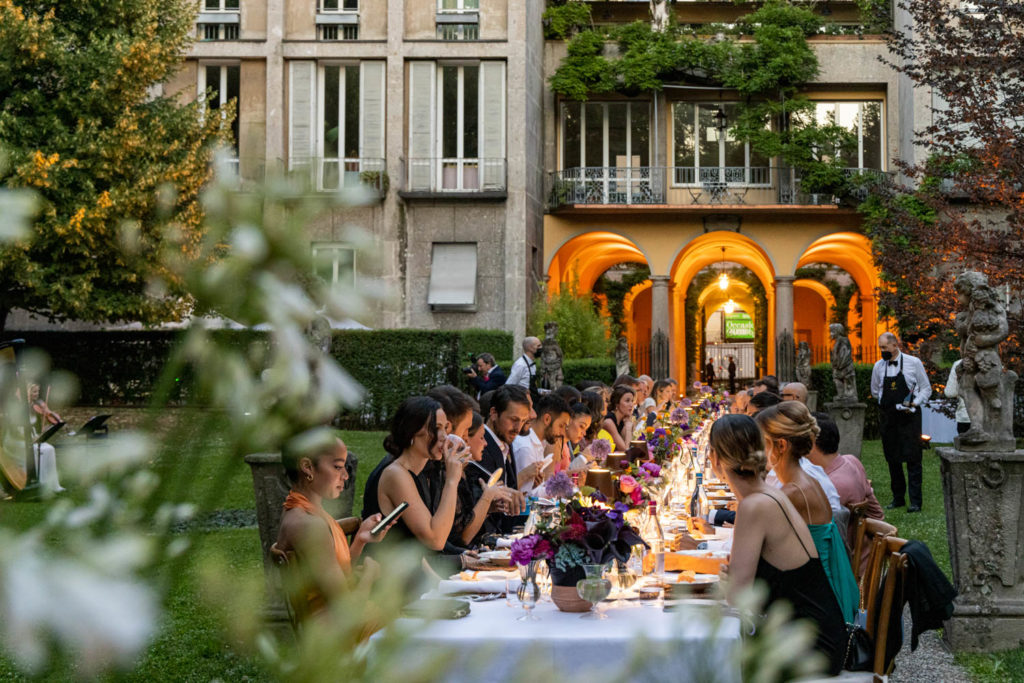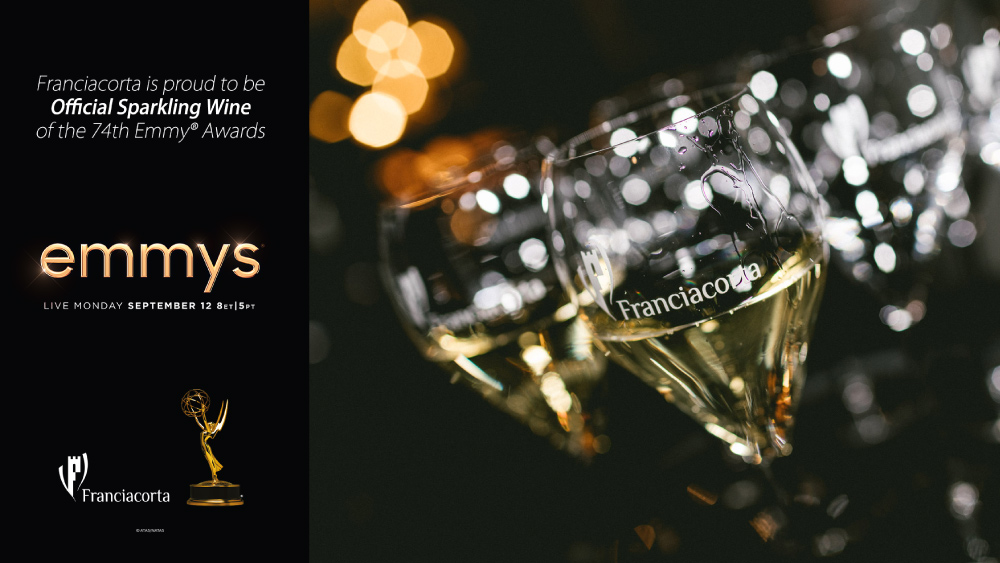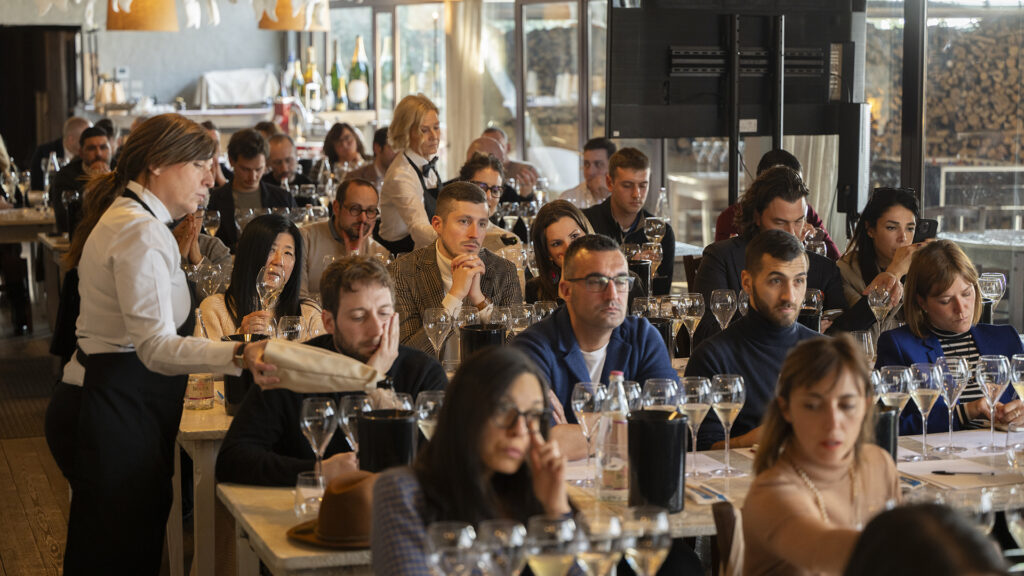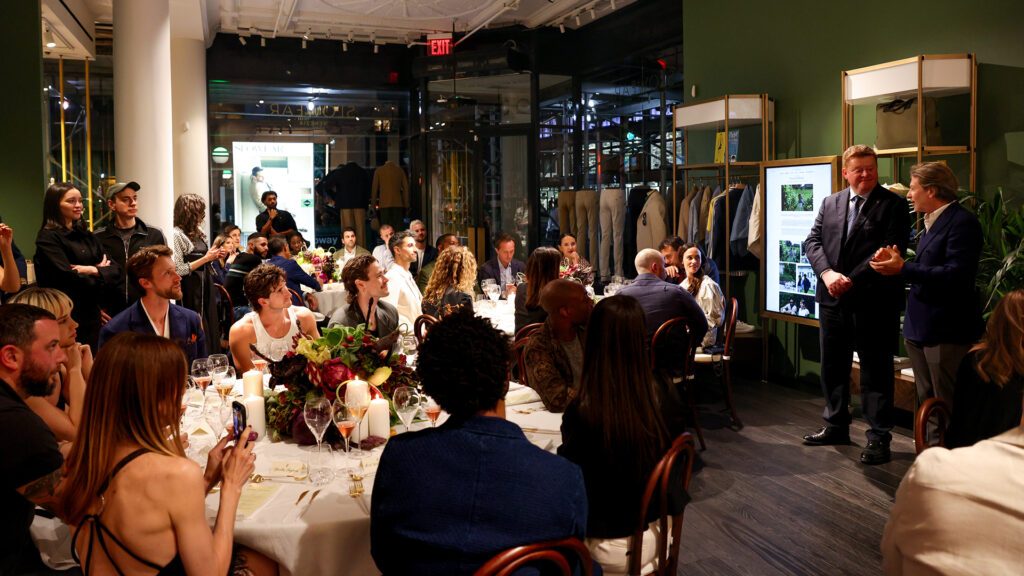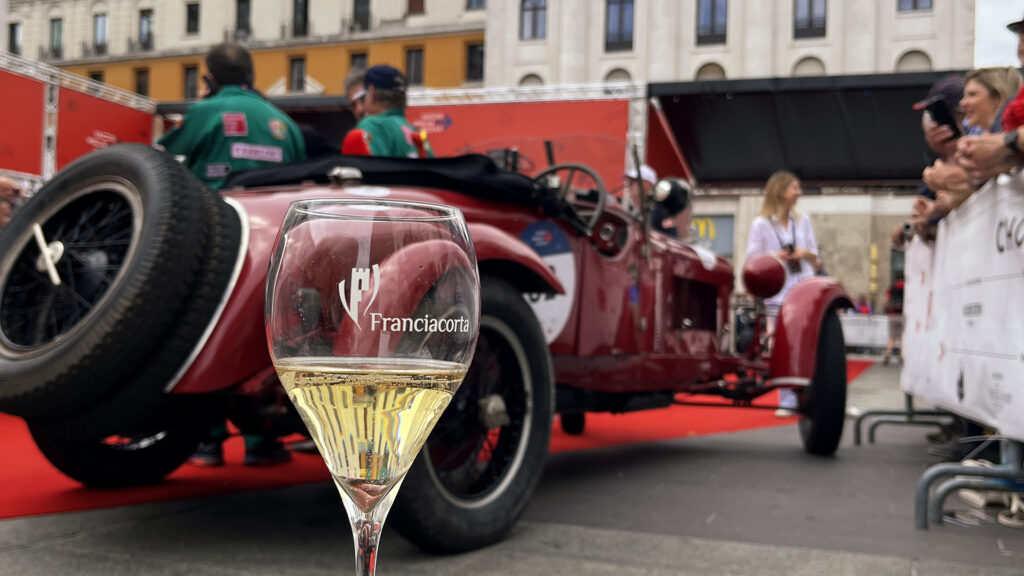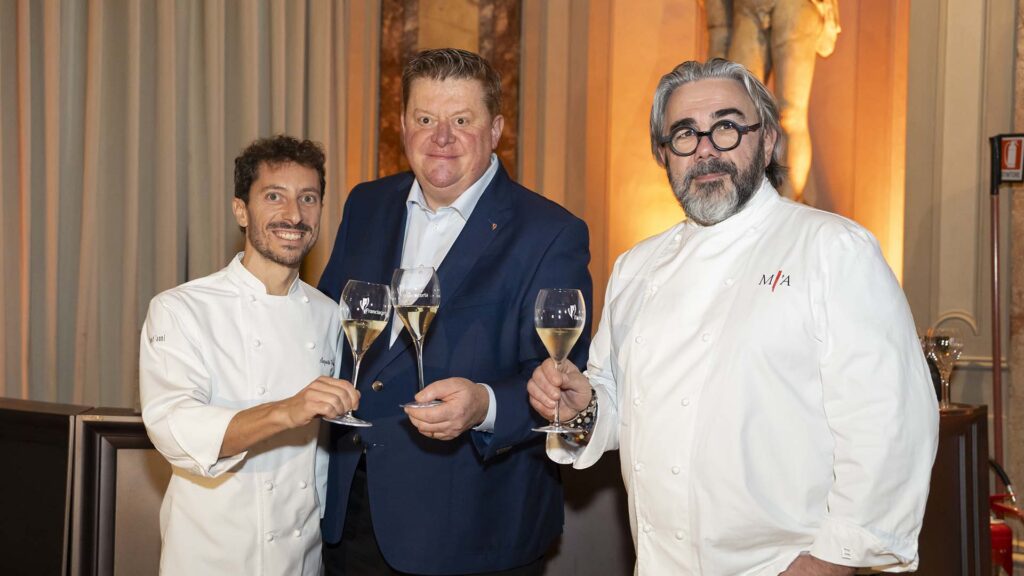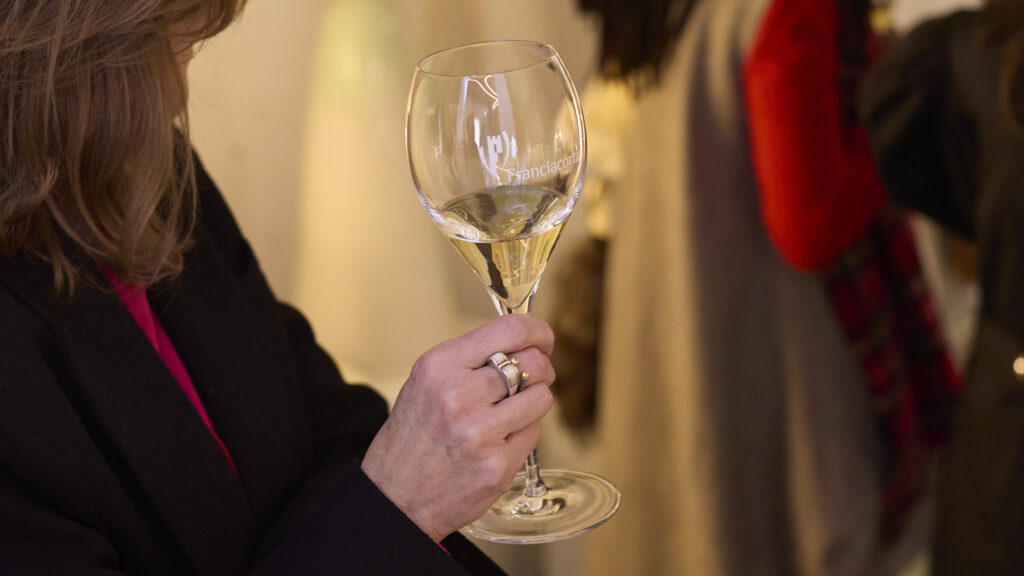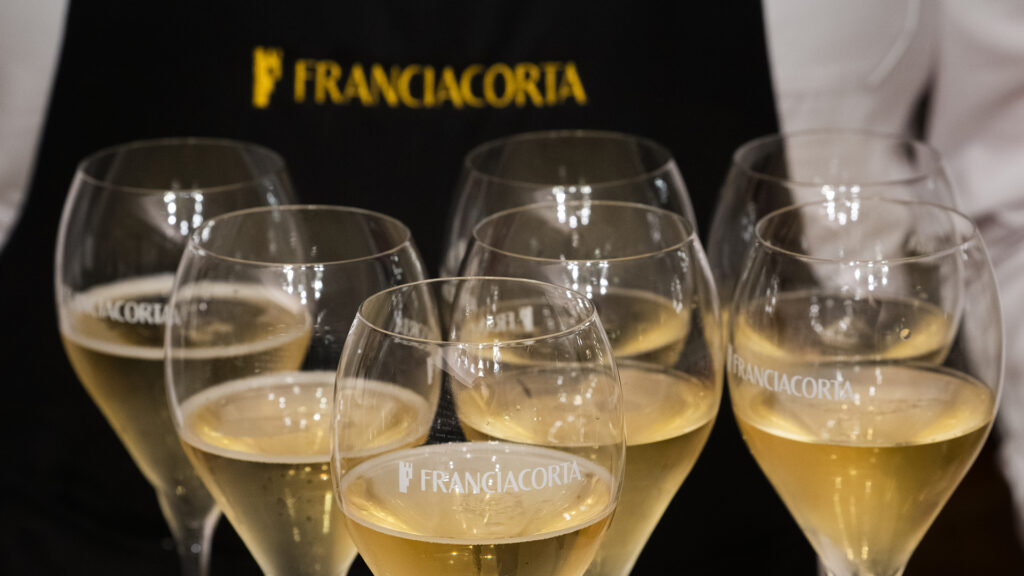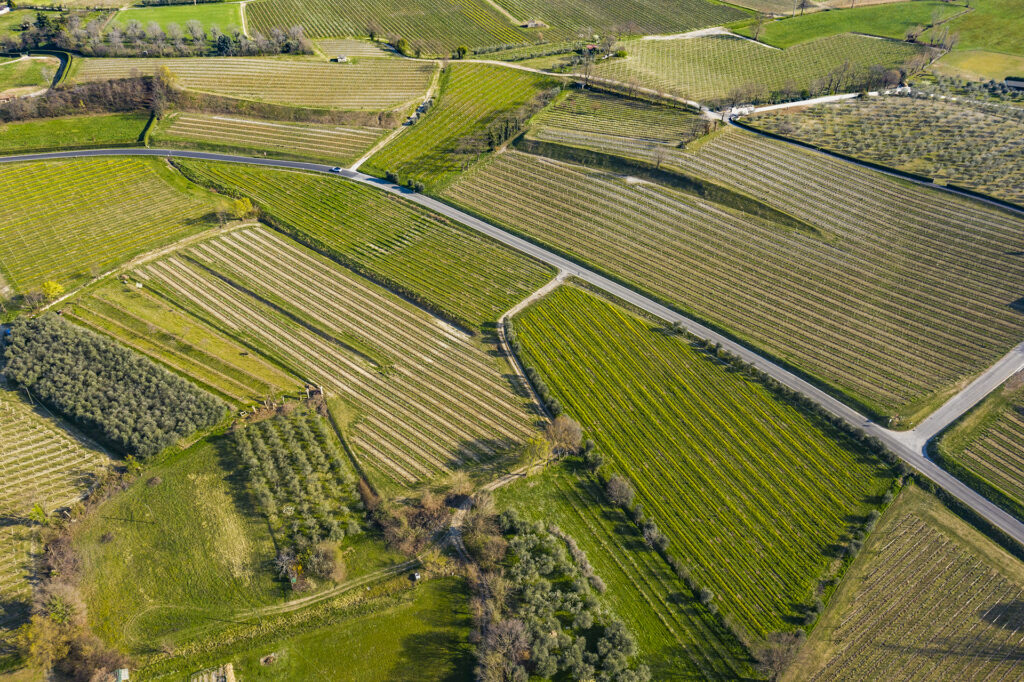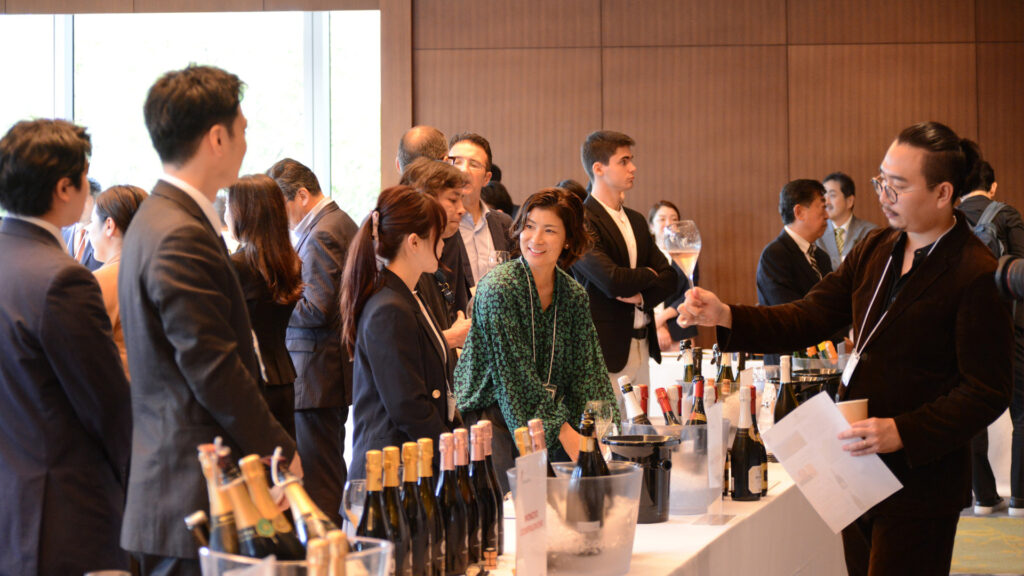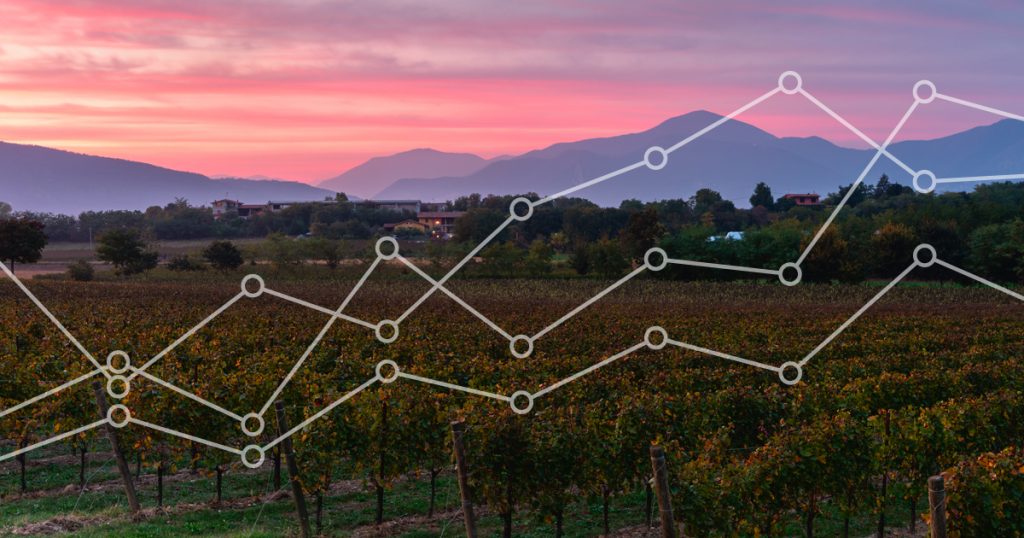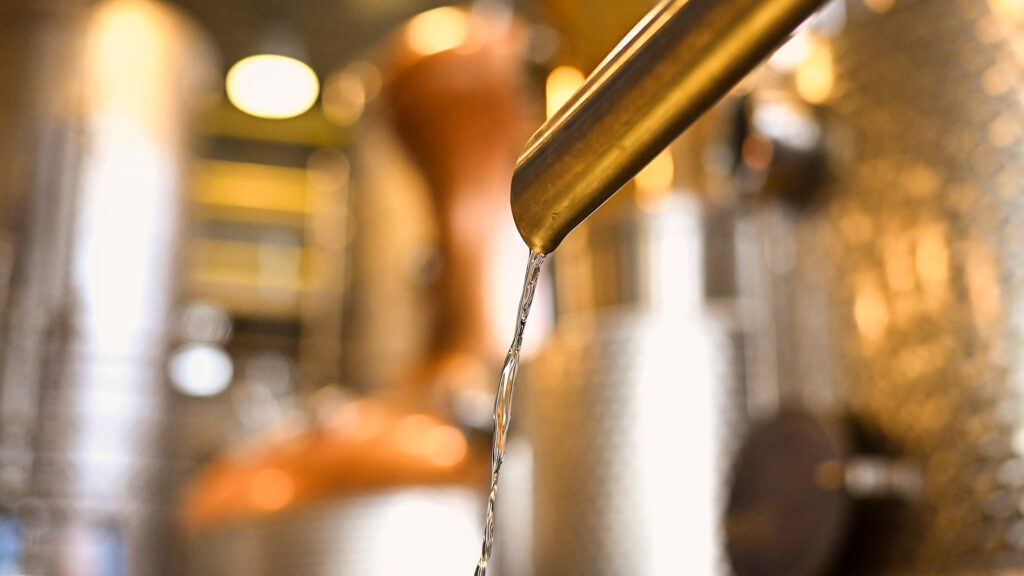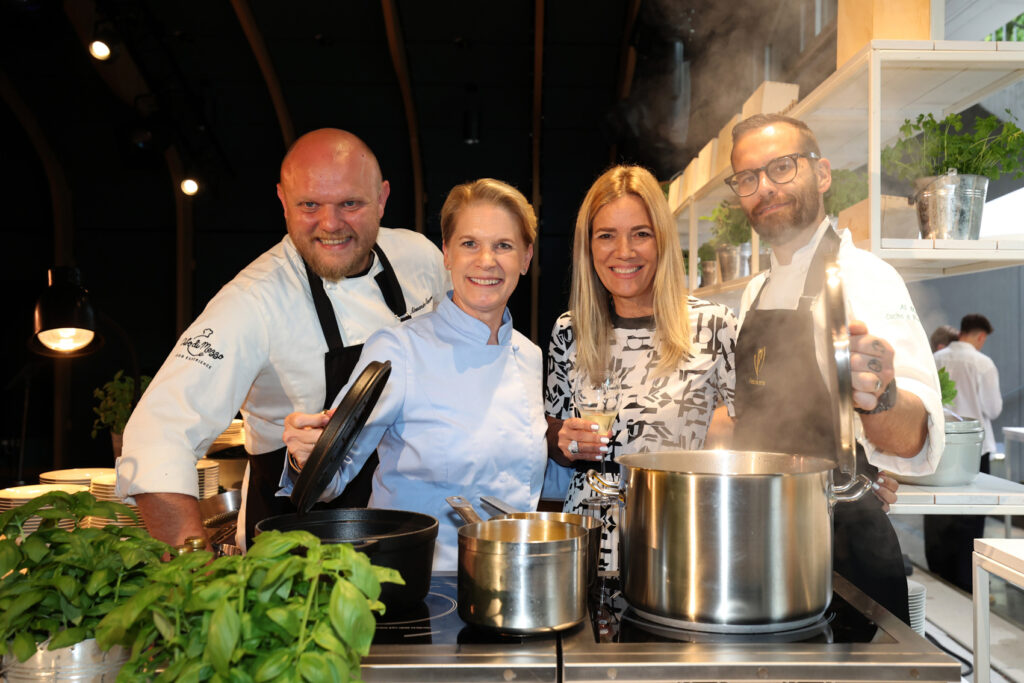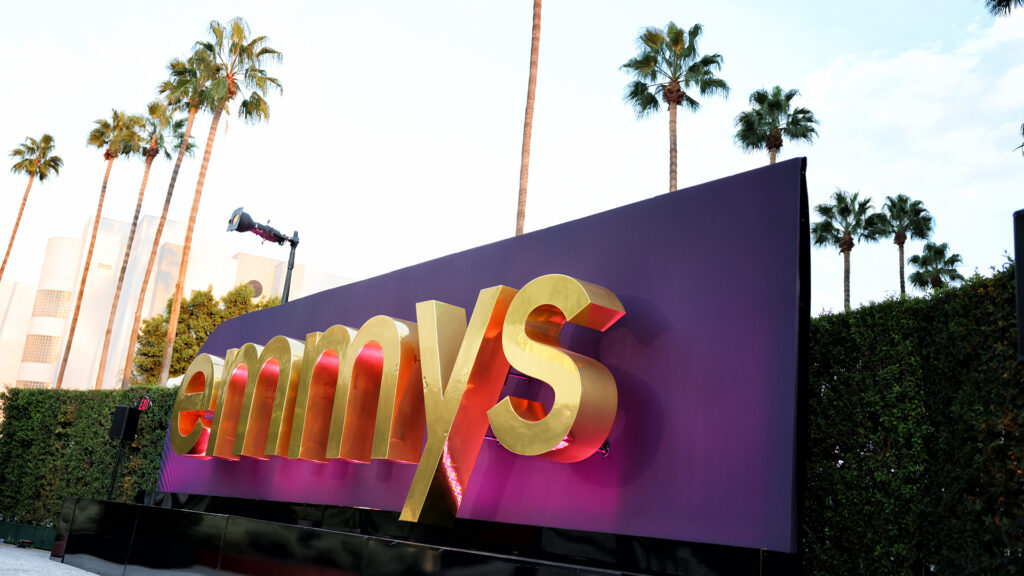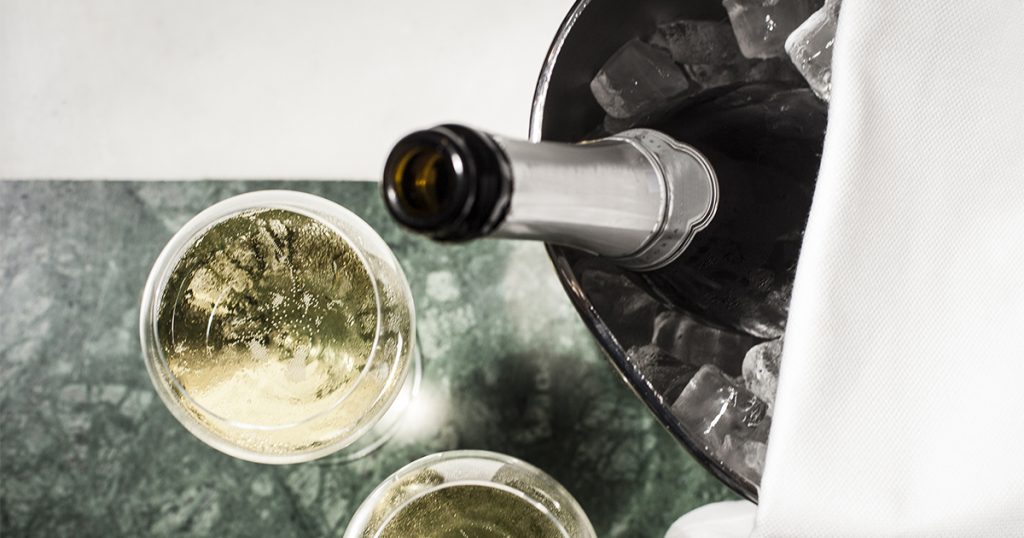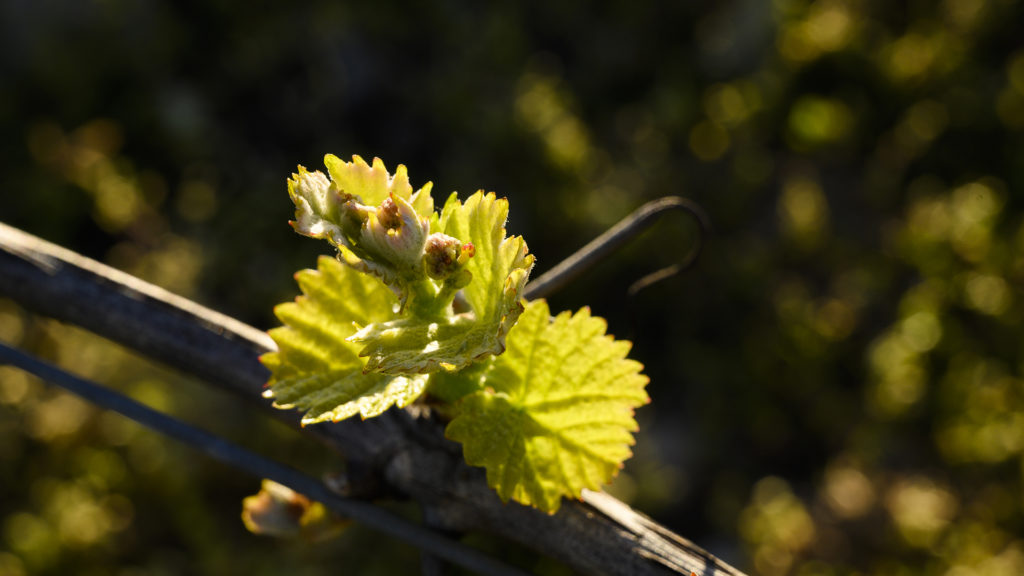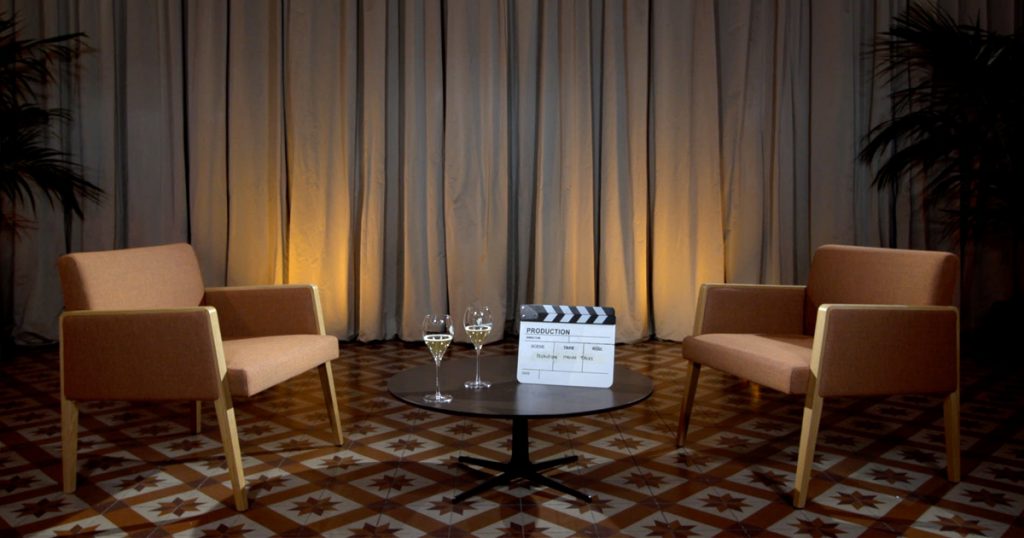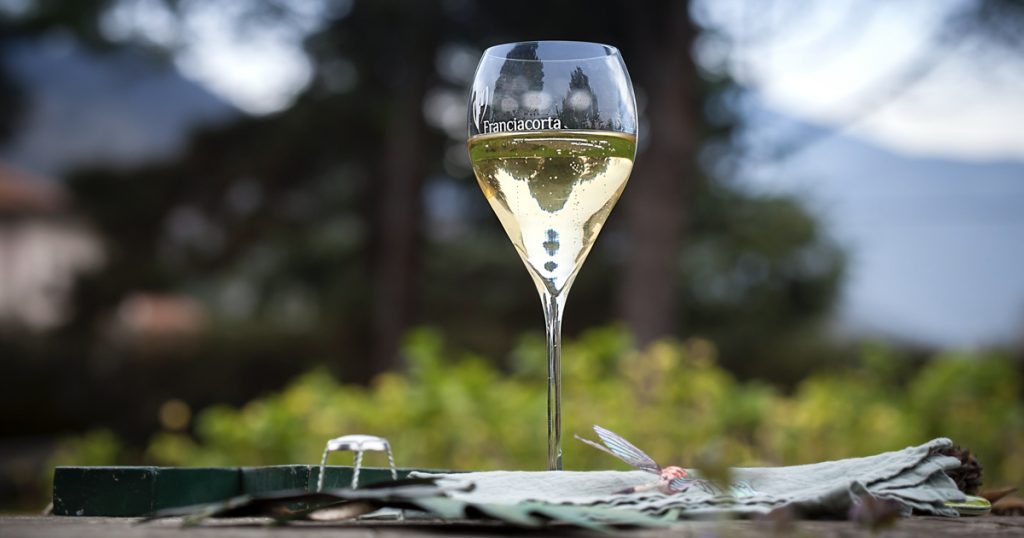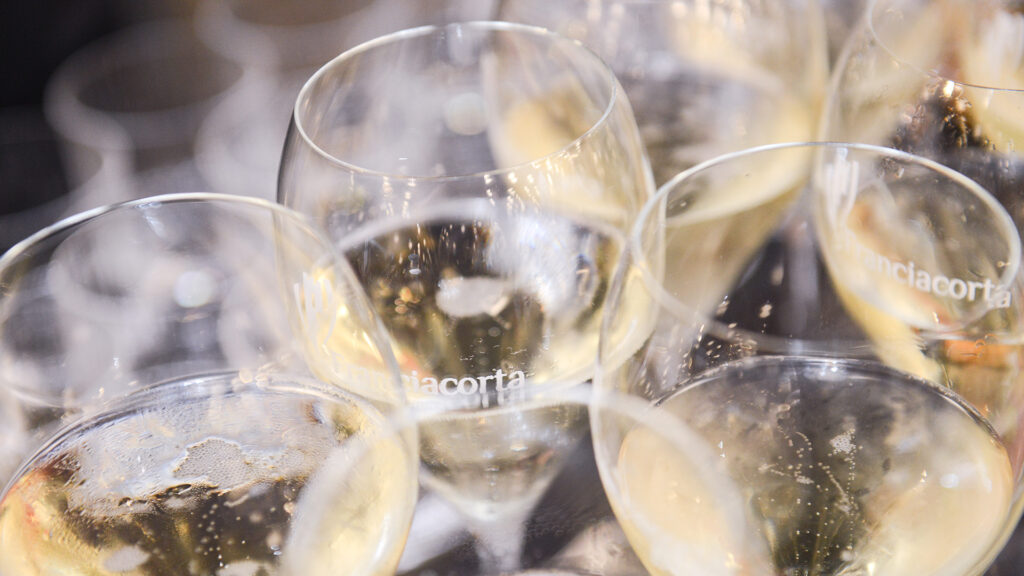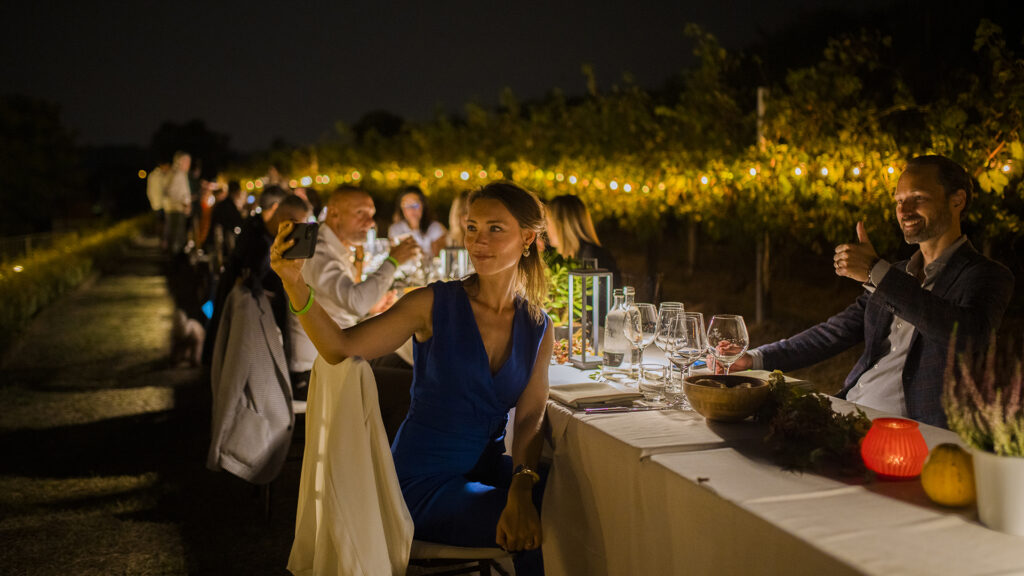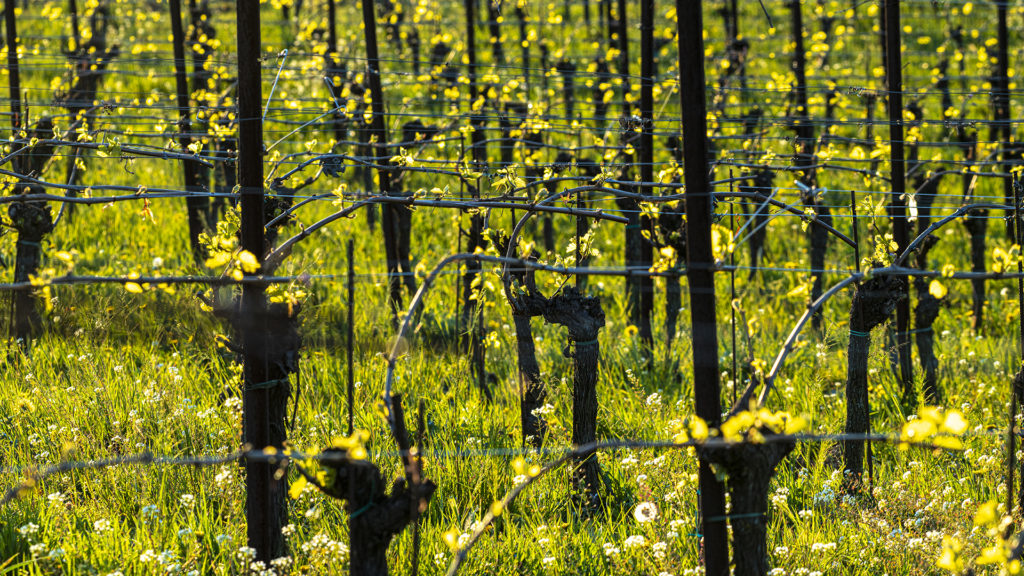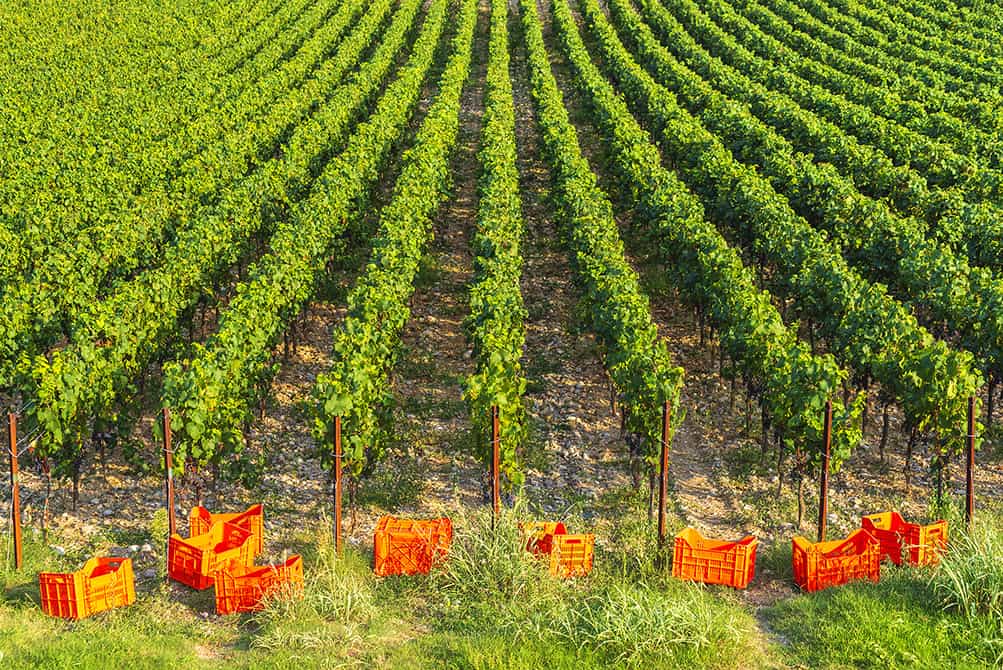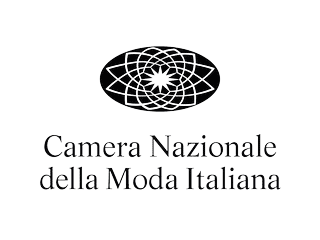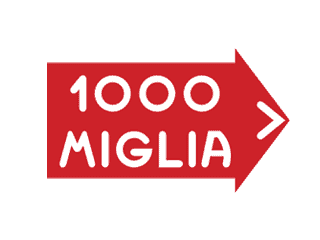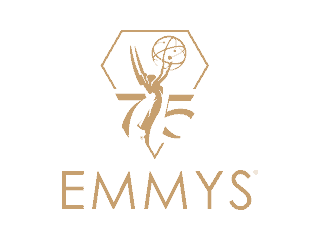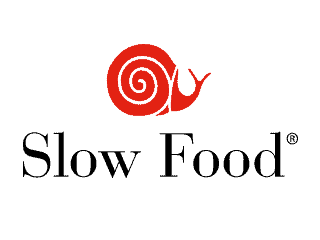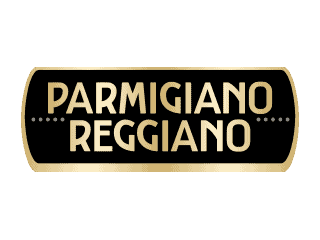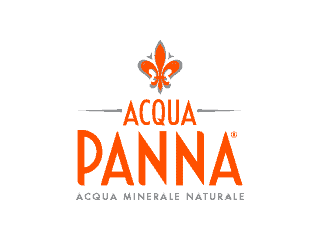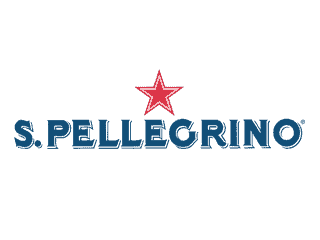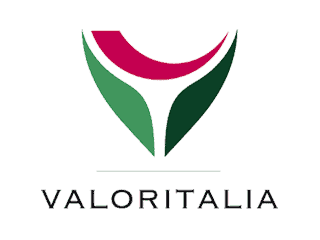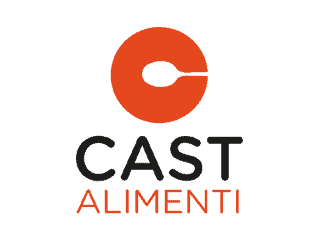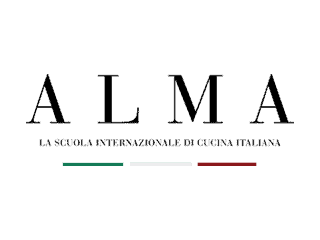Significant changes to Franciacorta Rosé, a type of Franciacorta which is made in the same way as the other Franciacortas – with bottle refermentation – but in varying shades of pink.
Recent changes to the production regulations mean the Franciacorta world is evolving and these changes revolve in particular around the measurement of its colour variations.
From now on colour measurement will be done scientifically and not simply with the human eye. The academic milieu lent us a hand in this mission: intersectorial optical (CIE) and enological (OIV) boards dusted off the tristimulus colorimeter and came up with a scientific measurement model based on a simple, intuitive scale which expresses colour as the outcome of levels of red (a*) and yellow (b*), intensity (C), hue (H) and luminosity (L). Technical staff, sales offices, graphic artists and communications and marketing departments will be able to make use of this more accurate and exact measurement system to assess the colours and specific features of the various vintages and perhaps one day find a correlation between colour and flavour.
Franciacorta Rosé is much in demand on both Italian and international markets and at the end of 2022 yearly Rosé sales amounted to two million bottle equivalents, around 10% of total sales. 1.2 million bottles of Rosé had been sold by late August 2023, 12.2% of total sales. Volumes are stable as compared to the same period last year with sales of single vintage Rosé growing especially significantly and a further interesting figure being a 50% growth in sales of this type in Japan as compared to 2022.
The Franciacorta consortium has, in fact, been pioneering process innovations for years now and has new ambitious goals in mind. 1995 was a year of note in which Franciacorta was made a Protected and Guaranteed Designation of Origin, the first such designation exclusively for the champagne method, as were 2002, when Franciacorta was exempted from the requirement to show the traditional DOCG on its labels, and 2008, when the harvest reserve was brought in to allow higher production levels in especially good years. Then in 2011 the grape pressing method was incorporated into the regulations and, lastly, October 2023 with a new first for wine production regulations, the first time an analytical colour parameter has been added to this, as described above.
But innovation must necessarily also be sustainable. This is why, in this sense, the F.A.Re.Su.BIO project is even more significant, involving a range of universities and twenty Lombard firms under the aegis of the Franciacorta Consortium. The initiative’s aim was to gather important data on chemical-physical soil composition and biodiversity, linking them with management choices to improve performance and sustainability levels. “We are proud to be one of the most innovative denominations, as the first in Italy to bring in this new method, just like in 2008 with the harvest reserve”, explained Silvano Brescianini, President of the Franciacorta Consortium. “We are aware that the world is changing and we cannot remain on the sidelines. We must keep up with the times, with innovation and sustainability moving hand in hand. One means nothing without the other. And we owe this to both end consumers and our local area which enables us to obtain and work an absolutely top quality product which is recognised and enjoyed the world over. In this case, too, our innovation will benefit the whole sector.”

